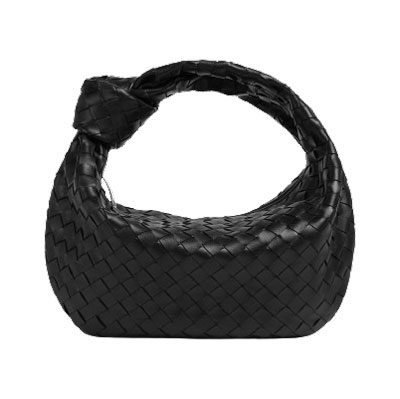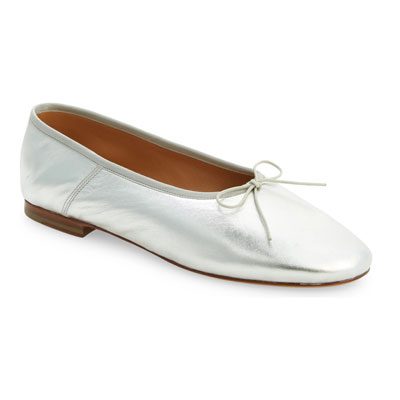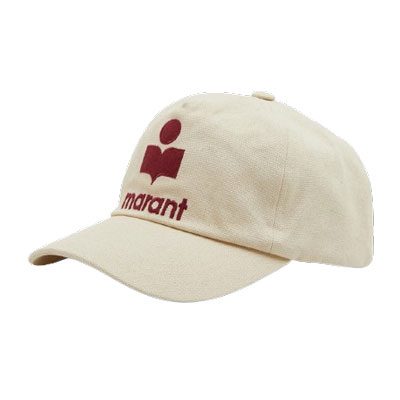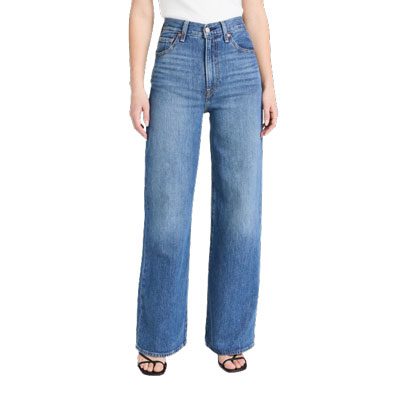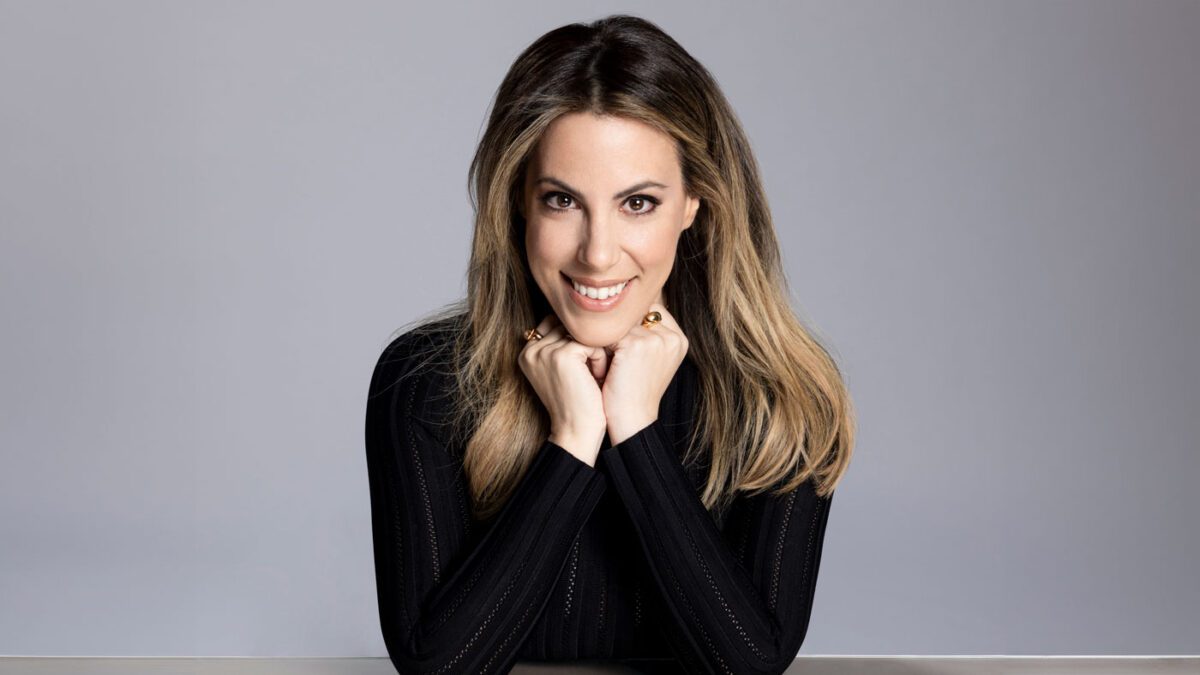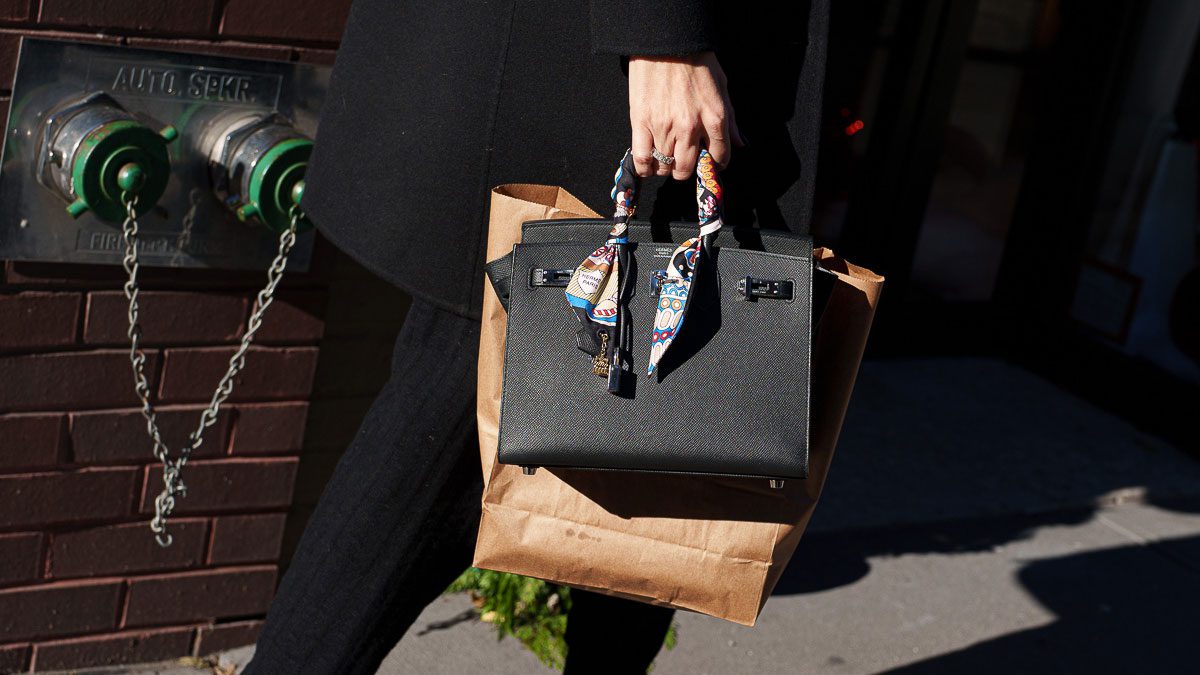We have all seen it when looking at some huge online retailers (Saks, Neimans, etc); a limit placed on the amount of bags we can buy. Have you ever thought why there is a limit? An article in yesterdays New York Times gets down to the bottom of why there is a limit on these goods, and much of it has to do with the weak dollar. We all know the dollar is weak, we see it when we travel, we hear it on the news, it affects us. But for all of the handbag aficionados it is affecting us more than we know. In February, luxury brand Hermes will have a much larger than usual price increase (rumored to be around 12% which is absolutely insane) because of the weak dollar. While it is just part of the iceberg, the US dollar being so weak does effect what happens to the designer market. This is a very interesting read below:
Article via NYT and writer Eric Wilson
FOR products that are truly in demand, like Wii game consoles, tickets to the Super Bowl or cans of corn Niblets on double-coupon day, it may seem reasonable to limit the number a customer can buy at one time.
But readers of the fine print on the Web sites of luxury retailers like Saks Fifth Avenue, Neiman Marcus and Bergdorf Goodman may be surprised to discover that such a policy also now applies to designer handbags, like Prada’s latest ruched nylon styles, which cost $1,290; Bottega Veneta’s signature woven leather hobos, at $1,490; and the new rectangular Yves Saint Laurent clutch that looks like a postcard addressed to the designer (with a $1,395 stamp).
“Due to popular demand,” potential shoppers are warned, “a customer may order no more than three units of these items every 30 days.”
Popular, the bags may be. But how many of the customers who can afford them really want more than one, or for that matter, three?
On its face, the policy sounds odd; that is because it really doesn’t have anything to do with popular demand. Rather, it is the fear that foreign buyers, taking advantage of the severely weakened United States dollar, will hoard the bags, then resell them in Europe or Asia, where the same items in Prada and Gucci stores typically cost 20 to 40 percent more. The popular Yves Saint Laurent Downtown bag, which is restricted to three per customer at Saks Fifth Avenue and Bergdorf Goodman, costs $1,495. At Harvey Nichols in London, the same bag is £910 (or about $1,796).
Foreign tourists who are treating American department stores as if they were a nationwide outlet sale have largely been viewed as beneficial to retailers, and by some estimates those shoppers were the only bright spot in what was otherwise a feeble holiday sales season. But that spending power has not been so welcome to luxury companies like Gucci and Prada, which have spent the last decade trying to reach those customers in their home countries by opening expensive new shops throughout Europe and Asia.
Now those companies stand to suffer a sting from increasingly educated comparison shoppers, if not a more serious blow from a gray market of designer goods resold from American stores.
Ron Frasch, the chief merchant of Saks Fifth Avenue, which has 54 stores across the country, said the number of foreign shoppers trying to buy multiple items in stores was “pretty minor,” but he added, “it is certainly an issue that we watch.” Besides restricting online sales, Saks may deny a customer’s purchases of duplicate merchandise in stores on a case-by-case basis.
“What we try to do is use a lot of logic and common sense if we sense that someone is taking advantage,” Mr. Frasch said. “We monitor at the store level and at the corporate level for any patterns. We are very sensitive, first and foremost, to serving the customer, but secondly to any potential for reselling by customers.”
Ginger Reeder, a spokeswoman for Neiman Marcus, said its online policy applies to certain bags and shoes sold from designers who asked the company to limit sales.
“We work with our vendors,” Ms. Reeder said. “It’s primarily a protection for them, to protect their distribution from bags getting out there on the gray market.”
For now, the policies of Saks, Neiman Marcus and Bergdorf Goodman apply only to online sales of handbags and shoes from Prada and the Gucci Group labels (Gucci owns Yves Saint Laurent and Bottega Veneta), but not other luxury brands like Dior or Givenchy, which are owned by the competing fashion conglomerate LVMH. Meanwhile, LVMH sells its Louis Vuitton handbags online only on its own site, www.eLuxury.com, where the policy is even more strict: two of each style per customer, per calendar year.
There are no stated restrictions on shopping inside the 39 branches of Neiman Marcus or at the company’s Bergdorf Goodman store in Manhattan, Ms. Reeder said. But a sales associate at Bergdorf said this week that the staff was instructed to use discretion with customers looking to buy a large number of items. A salesman at the Louis Vuitton store across the street said a customer trying to buy more than two bags would be asked to give a reason. Both spoke on condition of anonymity because they are not allowed to speak to reporters.
None of the makers of the designer brands would speak for the record about such policies, but several executives acknowledged privately that they are meant to prevent bags from being resold.
During the luxury boom of 2000 and 2001, when shoppers lined up in the street outside Gucci, Hermès and Vuitton shops in Paris, the companies drew criticism for putting into effect bag-per-customer limits that appeared to be aimed primarily at Asian shoppers. Some Asian customers complained they had been banned from Vuitton stores, and they could be found on the Champs-Élysées offering to pay Western tourists to buy bags for them.
What has surprised some retail analysts is how quickly the concept of quotas has arrived in the United States “” and not just for handbags. In its online store, Apple currently limits customers to five iPhones per order.
“This is not an unusual situation for designer brands,” said Claudia D’Arpizio, a luxury goods consultant at Bain & Company in Milan. “It’s unusual for the United States. What is changing now is the geography of the touristic flows.”
In the ’80s, American and Asian tourists commonly shopped for luxury bargains in Italy, when the lira was weak against the dollar. But since the dollar began its spiraling decline against the euro in 2000, shortly after its introduction as the European common currency, the value-minded tourist tide has shifted to the United States.
Travelers who buy multiple items to resell to friends back home are only a small portion of the gray market, said Fred Felman, the chief marketing officer of MarkMonitor, a San Francisco agency specializing in brand protection. It is more problematic when professional networks of buyers resell luxury goods through small shops throughout Asia, or through online retailers like eBay.
Last month, Patricia Pao, an independent retail consultant, arrived at Newark Airport from Los Angeles and was approached by a young woman who asked her to help close a suitcase by sitting on it. The woman was returning to Slovenia with what appeared to be 200 pairs of designer jeans, the least expensive bearing a price tag of $228.
“She said that by selling the jeans back home she could not only cover the expenses of her trip, but she could also make a profit,” Ms. Pao said. “The weakened dollar makes everything here look like a bonanza.”
As anecdotes about foreign shoppers flocking to buy electronics, toys and Manhattan real estate become more common, analysts are debating the long-term impact of shopping tourism on brands that place a premium on their exclusivity.
“Imagine a scenario where you have people buying all your stuff,” Ms. Pao said. “In the short term you benefit, but in the long term, you don’t, because you don’t know where the sales are going, and that is very scary to these people.”
Given how difficult it is to control every aspect of distribution, though, some would argue that an indication of desirability “” a burgeoning gray market, say “” should be seen as an opportunity for brands to capitalize when demand is strongest.
“There is an underground railroad of iPods going back to Europe,” said Susan Nelson, an executive director of Landor Associates, a branding agency in San Francisco. “Contrary to damaging the brand, I think it creates a bit of a mystique.”
Of course, handbag quotas may not be the most effective solution anyway, considering the many ways determined shoppers can get around them “” by using multiple credit cards, for instance, or buying from more than one store. But the alternative “” raising prices of European luxury goods sold in the United States, as many companies have begun to do “” risks alienating American consumers, or giving an advantage to American luxury competitors.
“What they don’t want to see,” Ms. Nelson said, “is for the market to be flooded with what they consider to be cheap handbags.”
Especially not their own.





